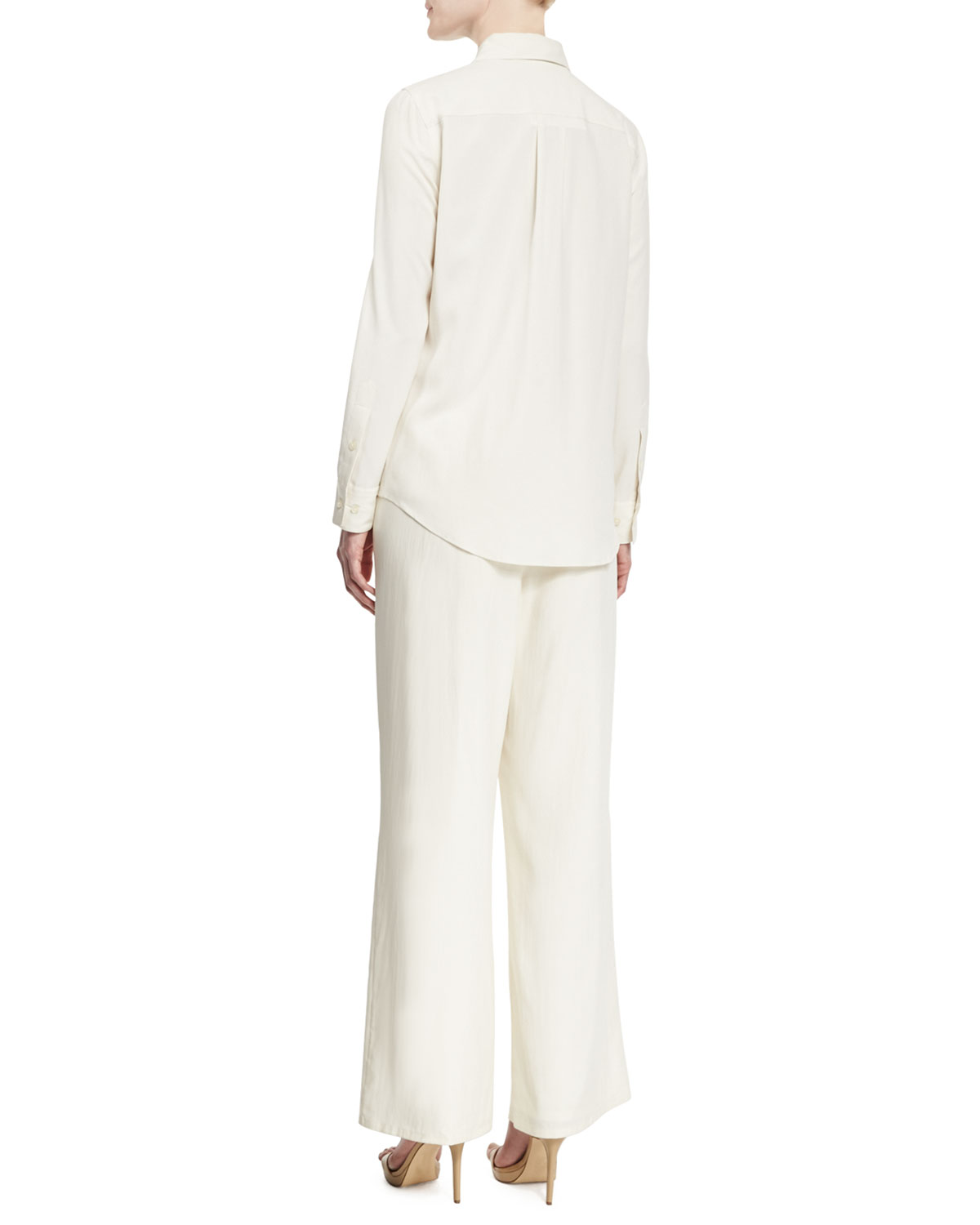Title: The Difference between Long Silk and Short Silk
The difference between long silk and short silk lies in their length and processing methods. Long silk, also known as mulberry silk, is produced from the cocoons of the silkworm, which are longer and more delicate than short silk. The fibers of long silk are also more tightly twisted, making it stronger and more durable. On the other hand, short silk is made from the cocoons of other insect species, such as tussah silk or eri silk, which are shorter and coarser in texture. The fibers of short silk are also less tightly twisted, making it lighter and less expensive. In addition, long silk is often used to make high-end clothing and accessories, while short silk is more commonly used to make lower-cost items such as bed sheets or curtains.
Silk, one of the most widely used natural fibers, is renowned for its elegance, durability, and versatility. It is produced by a variety of moth species, most commonly the Bombyx mori, and has been a highly valued commodity for centuries. Silk comes in two primary forms: long silk and short silk. While both types of silk have their own unique qualities and applications, there are significant differences between them.

Long silk, also known as "real" or "natural" silk, is the type of silk produced by the Bombyx mori moth. It is characterized by its length and strength. The average length of long silk can range from 1,000 to 1,500 meters, although it can be even longer in some cases. This type of silk is often used for high-end fashion garments, accessories, and home furnishing products because of its luxurious feel and durability. Long silk also has a high level of elasticity, meaning it can be stretched and recovered without losing its shape or texture.
Short silk, on the other hand, is a type of silk that is much shorter in length than long silk. It is often produced using a different type of moth species or through a different manufacturing process. The average length of short silk can range from 200 to 500 meters, although it can also be shorter in some cases. This type of silk is often used for less demanding applications, such as clothing for children or pets, or for making low-cost home furnishing products. Short silk also has a lower level of elasticity compared to long silk, making it less suitable for high-end fashion or luxury applications.

In addition to their length difference, long silk and short silk also have other notable differences in their physical properties and performance characteristics. For example, long silk has a higher level of protein content compared to short silk, making it more nutritious and beneficial for human health. Long silk also has a longer life span and can withstand more wear and tear before showing signs of deterioration. This is because the longer fibers in long silk are more resistant to breakage and wear than the shorter fibers in short silk.
Moreover, the manufacturing process for long silk and short silk also differs. Long silk is typically produced using a complex and time-consuming process that involves cocoon reeling, degumming, dyeing, and weaving. The process ensures that each strand of silk remains intact and undamaged, preserving its natural elasticity and strength. On the other hand, short silk may be produced using a simpler and faster process that involves cutting or breaking up longer fibers into shorter lengths. This process may result in a lower quality product with reduced elasticity and strength compared to long silk.

In conclusion, while both long silk and short silk have their own unique qualities and applications, there are significant differences between them in terms of length, elasticity, protein content, life span, and manufacturing process. Understanding these differences can help you make more informed decisions when selecting the right type of silk for your specific needs or application.
Articles related to the knowledge points of this article:
Title: The Art of Tying a Tie: A Comprehensive Guide to Perfect Your tie Knots
Title: How to Tie a Tie: A Comprehensive Guide for Every Occasion
Title: Mastering the Art of Tie Tying: A Comprehensive Guide to Tie Knots
Title: Dior Ties: The Elegant and Timeless Accessory
Title: The Art of Pairing a Black Suit with a White Shirt: Choosing the Perfect Tie



